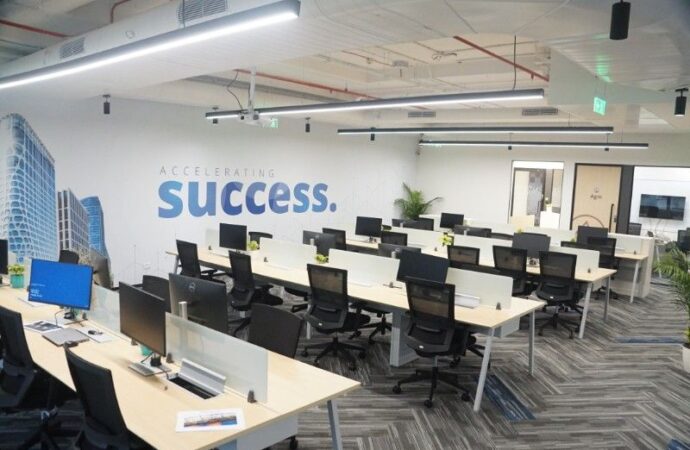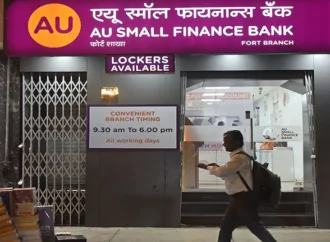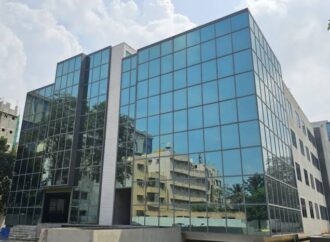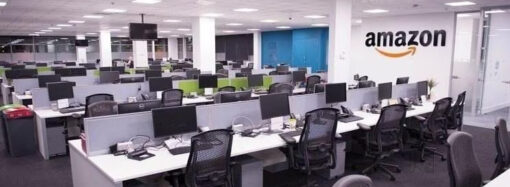India’s flexible office space market is shifting significantly, with Tier-II and III cities like Jaipur, Kochi, and Indore emerging as key growth hubs. Driven by rising metro costs and hybrid work trends, demand in these smaller cities is expected to grow 15–20% annually through FY2025.
India’s flexible office space sector is entering a new phase, with Tier II and III cities poised to become key growth drivers. According to a joint report by real estate consultancy ANAROCK and global workspace provider The Instant Group, cities like Jaipur, Kochi, Indore, and Lucknow are set to witness a significant uptick in demand by FY2025.
While metros like Bengaluru, Hyderabad, and Mumbai still dominate—with a combined 75% share of the flex space market in 2023—the landscape is beginning to decentralise. “Occupiers are increasingly looking at Tier II and III cities to expand operations and tap into new talent pools,” said Anuj Puri, Chairman of ANAROCK Group. This shift is fueled by rising operational costs in top cities, evolving work models, and improved infrastructure in smaller towns.
As of Q1 2024, India had 10.8 million sq. ft. of flexible office space across more than 800 centres. Bengaluru leads with 4.2 million sq. ft., followed by Hyderabad at 2.3 million and Delhi-NCR at 1.5 million. However, the next wave of growth is expected from non-metro cities, where flex space demand is forecasted to grow 15–20% annually over the next two years.
The rise of hybrid and remote work has also spurred demand for coworking environments beyond enterprise use. Freelancers, startups, and even conventional businesses are now seeking flexible workspace solutions to improve agility and cost efficiency.
India is the third-largest flex space market globally, behind only the US and UK. In just seven years, coworking centres doubled—from 340 in 2017 to over 800 in 2024. This rapid expansion reflects changing workforce expectations and corporate strategies post-pandemic.
Another noticeable shift is in how flex spaces are structured. The standard hot desk model is giving way to more tailored offerings. Hybrid formats like ‘flex and core’—where companies blend permanent offices with flexible options—are gaining traction for cost control and adaptability.
Managed office solutions are also becoming more mainstream. These setups, where operators design and maintain workspaces under long-term contracts, now account for up to 30% of overall leasing activity in the segment. As businesses adapt to dynamic market conditions, such models offer stability without sacrificing flexibility.
In a market marked by transformation, the report suggests that India’s future flex space growth will be shaped by affordability, access to talent, and the need for operational nimbleness. Tier II and III cities are no longer just emerging but becoming essential.























